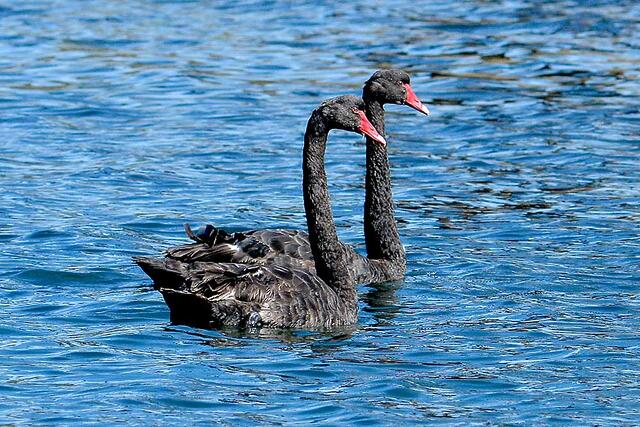
The One Health approach to preventing pandemics
The Office of the Australian Chief Veterinary Officer’s One Health program aims to support One Health approaches to better prevent, detect and respond to diseases impacting animals, humans and the environment.
This includes global advocacy for future pandemic prevention by addressing the risk of diseases emerging at their source in animals and the ‘drivers’ behind that emergence. Traditionally, interventions emphasise public health and are response-focussed, as the global approach to the SARS-COV-2 pandemic shows. This has proved a costly imbalance. Given over three quarters of emerging infectious diseases have zoonotic origins, preventing future outbreaks requires a paradigm shift to prevent spillover of these pathogens from their source.
The current, unprecedented, global outbreaks of high pathogenicity avian influenza (HPAI) are a compelling example of the continued need to address diseases in animals before they become a problem for human health. These outbreaks have associated high mortalities in poultry and wild birds as well as virus spillover to mammals. The zoonotic transmission of HPAI from poultry/birds to humans is currently rare, and sustained human-to-human transmission has not yet occurred. However, experts are concerned about the pandemic potential of HPAI and its uncharacteristic spread and persistence overseas.
The current HPAI clade causing concern overseas (H5N1 clade 2.3.4.4b) is behaving differently to past HPAI H5N1 outbreaks. This is having an unprecedented impact on wildlife, including vulnerable wild bird species. There is concern about what this might mean for Australia’s unique native fauna, and what mitigation endeavors are therefore needed at the local level.
Source: Eric J Woehler.
As the overseas experience shows, early engagement with environmental and conservation groups, using a One Health approach, is vital for increasing early detection capability and mounting a cohesive and effective response. Australia’s Chief Veterinary Officer and Chief Environmental Biosecurity Officer have been engaging with stakeholders and counterparts including the Threatened Species Commissioner and the Department of Climate Change, Energy, the Environment and Water, to consider these issues and identify actions that could bolster our One Health preparedness.
Animal health risk assessment work for HPAI is also under way through partnership with Wildlife Health Australia (WHA), drawing on epidemiology and virology expertise. The Human Animal Spillover and Emerging Disease Scanning (HASEDS) group, a One Health expert advisory group established by the OCVO in 2022, also undertakes and reports on joint risk assessments to the Australian Chief Veterinary Officer and Australian Chief Environmental Biosecurity Officer, and the Australian Chief Medical Officer within the Department of Health and Aged Care.
Such risk assessments have identified that risk-based wild bird surveillance coordinated by WHA will be necessary as we move into the spring migratory season. Strong One Health collaboration will enable a cross-sectoral and transdisciplinary approach to preventing pathogen spillover.


